1
Properties of materials—tensile properties
Figure 1.1 Applied forces and specimen deformations.
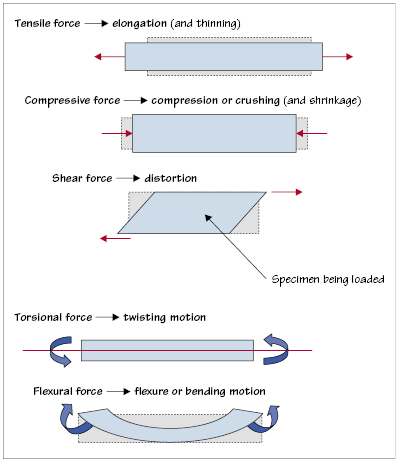
Figure 1.2 Load versus stress for feet.
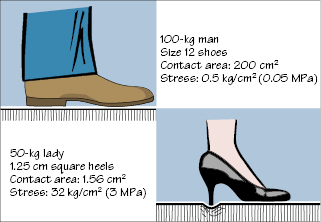
Figure 1.3 The stress–strain curve of a nonferrous metal.
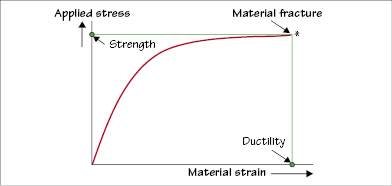
Figure 1.4 Stress–strain curves for brittle, elastic, and ductile materials.
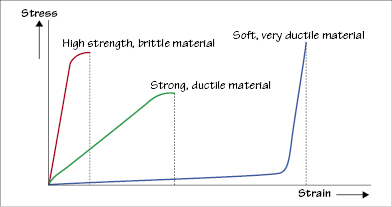
Figure 1.5 Elastic and plastic regions of a stress–strain curve.
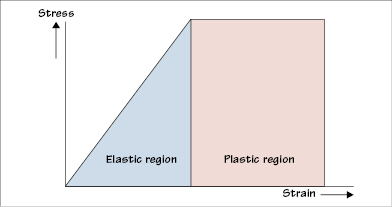
Box 1.1 Desirable properties of dental materials
Biocompatibility
Absence of toxicity
Aesthetic appearance
Strength and durability
Low solubility
Ease of manipulation
Long shelf life
Simple laboratory processing
Long working time
Rapid/snap set
Table 1.1 Typical mechanical properties of dental biomaterials
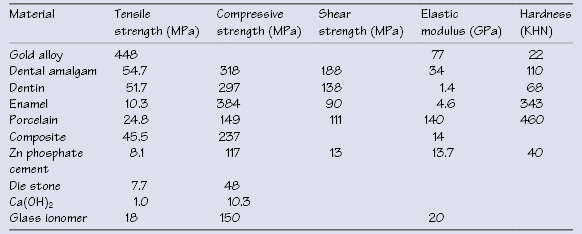
Dental biomaterials are used in laboratory procedures and for the restoration and replacement of teeth and bone. Material selection must consider function, properties, and associated risks, and all dental biomaterials must satisfy certain criteria (Box 1.1).
Mechanical properties are important since teeth and r/>
Stay updated, free dental videos. Join our Telegram channel

VIDEdental - Online dental courses


